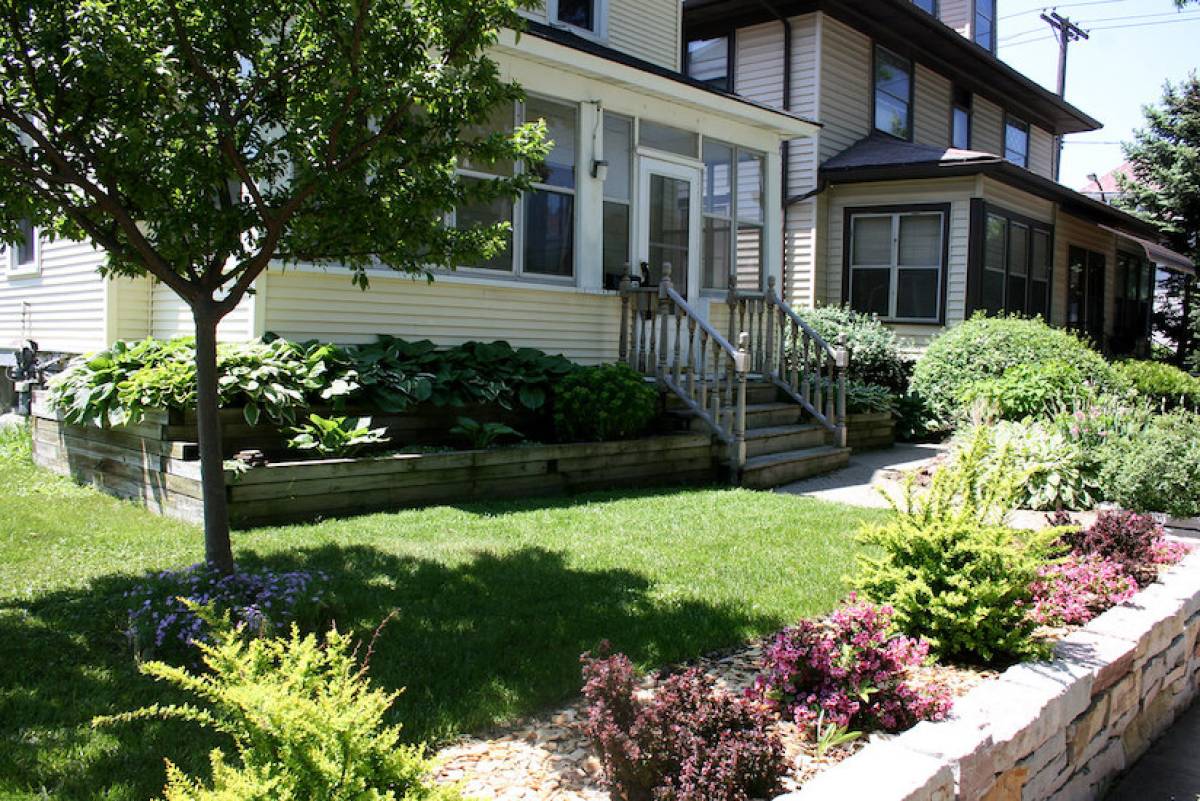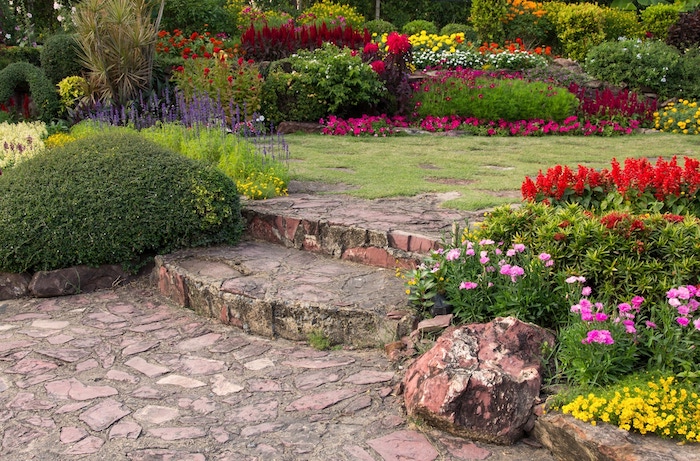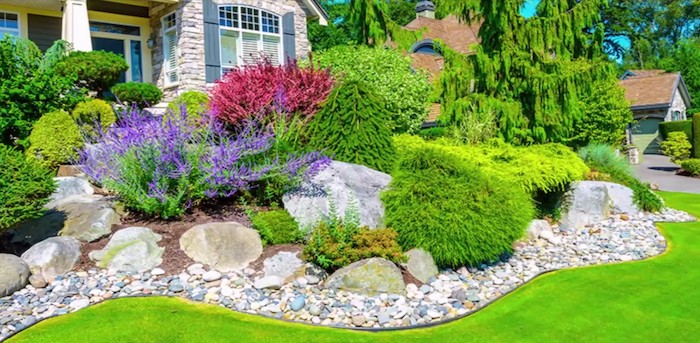Plan a Low Maintenance Garden in 5 Easy Steps

Front house garden. Photo: Drew Geraets / Flickr.
Don’t have the time to take care of your garden? Or perhaps you just don’t want to spend your free time on endless gardening?
A low-maintenance garden might be the best option for your yard. You can create a low-maintenance garden that is stylish, convenient, and functional in a space of any size.
Here are quick and easy tips that will help you get started in creating a garden you can enjoy without making extra chores for yourself:
1. Limit Planting Space

Flowers, shrubs, and bushes are often one of the biggest sources of ongoing yard work, needing regular watering, weeding, and fertilizer. Keeping your planting space down to a few well-placed areas can greatly reduce your yard work as a result.
Consider replacing them with low-maintenance garden decorations such as small statues, screens, or even artificial plants.
Keeping your planting spaces in the optimal parts of your yard also keeps your work down. Consider the amount of sunshine, wind, and rainfall, that different parts of your garden are exposed to.
2. Install Water Irrigation Systems
Installing a water irrigation system saves you money, using much less water than watering by hand. This is more than just a great water-conserving landscaping tip, however.
Watering your plants and lawn is an ongoing yard task. In the summer, you might need to do it several times a day to maintain a healthy garden. An automated watering system does all of this work for you and avoids water wastage at the same time.
Installing a water irrigation system does not have to be a costly or time-consuming endeavor either. In fact, it can be as simple as drilling a few holes into a length of piping or hose. Add a timer to your outdoor tap, and you don’t even need to remember to turn it on or off.
3. Choose native or regional plant varieties
Non-native plants did not evolve to survive your local environment. As a result, they can require more work to provide the right amount of water, nutrients not found in local soil, and to keep the soil at the correct pH level.
Sticking to plants that are native to your local region gets rid of these tasks, as native plants can survive with much less assistance. They are already adapted to the local climate, rainfall, and soil.
4. Make Small Rock Gardens

A rock garden requires little to no maintenance to keep looking great. After all, it is just a bunch of rocks. There are plenty of styles of the rock garden to choose from depending on your tastes and the space available. These can range from small piles or formations of pebbles and stones to Japanese-style dry gardens featuring neatly raked sand and large boulders.
The latter is not quite as low maintenance, especially for perfectionists who will need to rake the sand after every disturbance. However, if the idea of a little low-effort yard maintenance every now and then sounds relaxing to you, this might be an ideal low-maintenance garden.
5. Eliminate the Use of Garden Fabric and Plastic
Garden fabric (the black material you put down under and around garden plots) can create more work than you might think, especially if you want them to keep doing their job of suppressing weed growth.
First of all, the garden fabric is a chore to install. There is a lot of measuring and cutting to get everything perfectly to size, and the material can be a hassle to work with.
Secondly, it requires maintenance and replacement. Stronger plant roots will tear right through it. Besides allowing weeds to grow through anyway, this makes the weeds harder to remove, as you now need to get under the garden fabric to get at their roots. Furthermore, the torn edges of the fabric can get pushed up through the soil over time, which can look unsightly.
Instead, a layer of mulch or small rocks can achieve the same effect with less effort to put down. While this will need to be replaced every few years, this is less often than garden fabric might last.













![9 Tips for Managing Your Online Writing Projects Efficiently [node:titile]](/sites/default/files/styles/video_thumbnail_bottom/public/open-book-laptop-online-writing-tips.jpeg?itok=rI4zR3a-)






